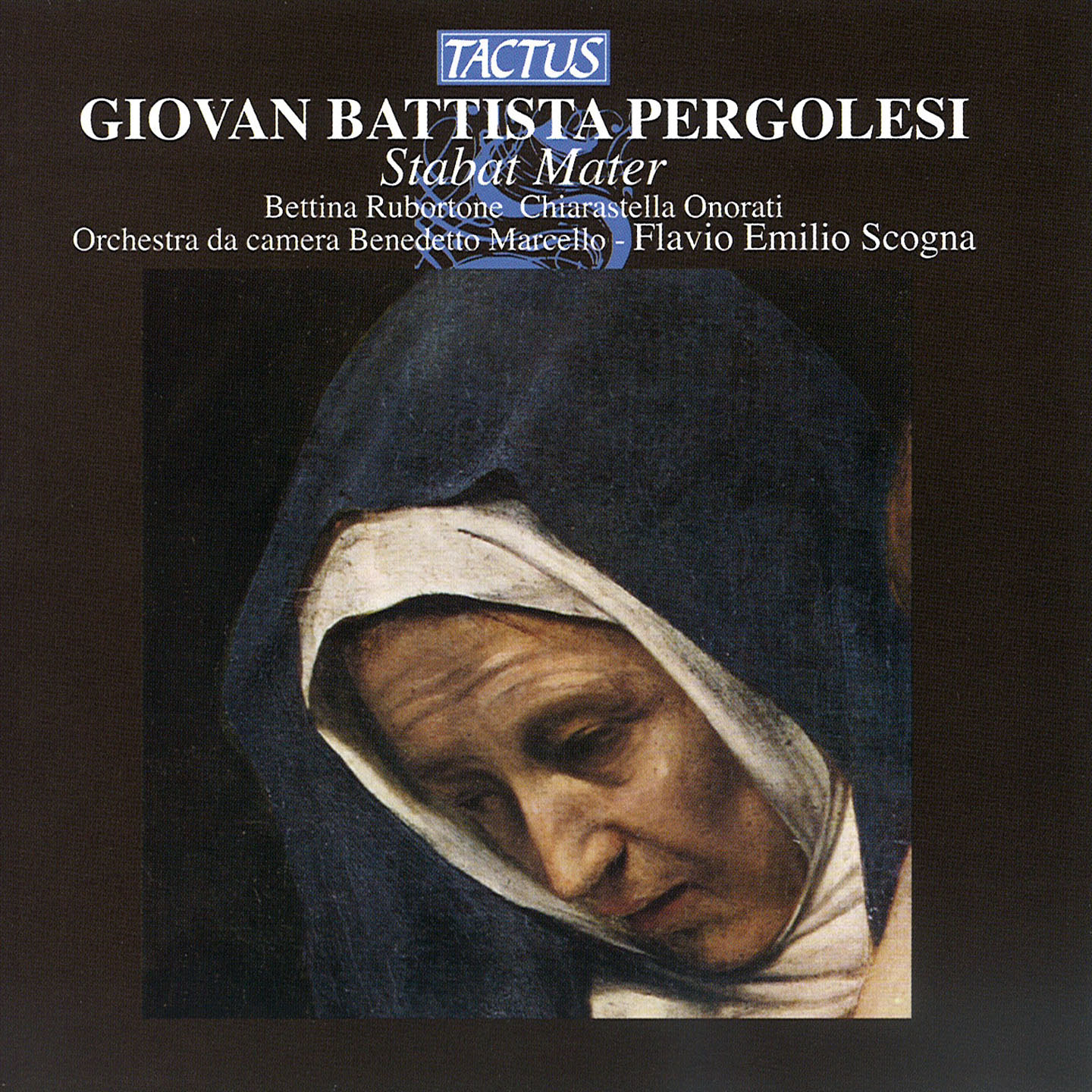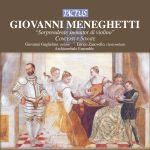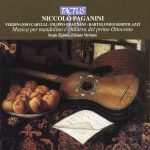PERGOLESI GIOVAN BATTISTA
“Adept at expressing a sense of mockery and ridicule”.
With these words, Padre Martini pronounced judgment upon Pergolesi’s Stabat Mater in his Esemplare ossia saggio fondamentale pratico di contrappunto sul canto fermo of 1774-75.
A condemnation in which the diatribe over the “stile da chiesa” which occupied generations of composers, theoreticians and pedagogues in the 18th century reached new heights as it rubbed against a work already hailed throughout Europe as a masterpiece–a masterpiece which epitomized a way of expressing the sacred in music, seen at this time to be unique to modern spirituality.
This awareness alone was responsible for the enormous success which Pergolesi’s sequence would enjoy for the rest of the eighteenth century and beyond.
Its legendary status was undoubtedly nurtured by the aura of pathos which colors the composer’s last work, as well as by his premature death, elements which heavily influenced minds already leaning toward “Rousseau-like” sentiments.
But such a legend also corresponded to the inescapable aesthetic qualities which, despite their ample presence in the domains of opera and instrumental music, struggled to gain a foothold on the secular bastions of church music.
Such defenses against all that is commonly understood as the modern awareness of musical autonomy and expressive freedom (for this is what the stylistic debate was really about) had for some time arrived at a compromise typical of a Catholic culture inclined to distinguish between questions of principle (to be defended to the bitter end) and questions of practicality (to be tolerated and silently accepted).
It is within such a compromise that we can place all Catholic sacred music from the 18th century: the demands of expressivity unleashed by the reigning critical subjectivism moved within a framework of polyphonic decorum that in the hands of the greats (including Pergolesi) functioned wonderfully as a sort of stylistic insulation, in so far as it was adopted not as a lifeless duty to pay to the school and tradition of church music, but rather as critically acquired vocabulary
Tracklist
Pergolesi, Giovanni Battista
Stabat Mater, P. 77
1 - Stabat mater dolorosa (Soprano, Alto) (4:36)
2 - Cuius animam gementem (Soprano) (2:57)
3 - O quam tristis et afflicta (Soprano, Alto) (2:35)
4 - Quae moerebat et dolebat (Alto) (2:53)
5 - Quis est homo qui non fleret (Soprano, Alto) (3:53)
6 - Vidit suum dulcem natum (Soprano) (3:43)
7 - Eia mater, fons amoris (Alto) (2:49)
8 - Fac, ut ardeat cor meum (Soprano, Alto) (2:42)
9 - Sancta Mater, istud agas (Soprano, Alto) (6:16)
10 - Fac, ut portem Christi mortem (Alto) (4:29)
11 - Inflammatus et accensus (Soprano, Alto) (3:01)
12 - Quando corpus morietur (Soprano, Alto) (5:48)
- Composer: PERGOLESI GIOVAN BATTISTA
- Performers: Bettina Rubortone, soprano · Chiarastella Onorati, contralto · Orchestra da camera Benedetto Marcello · Flavio Emilio Scogna, conductor
- Historical Period: Classicism
- Code: TC 711603
- Edition: MARCH 2006
- Barcode: 8007194103526
- Set: 1
- Total tracks: 12
- Total duration: 00:45:42







